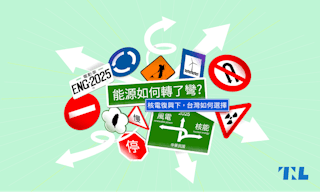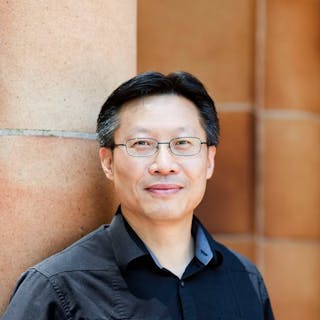錢鍾書到老也炫學,層次未免低了一點。其實,錢鍾書的這種博聞強記,在資訊唾手可得的當代,已比較不被重視了。
錢鍾書博學,這是無可置疑的;然而,葉恭綽說錢鍾書學問散錢無串,也是中肯的評語。錢鍾書記得(或記下)的資料確實大量得驚人,但不少只是強記,並無消化,甚至誤解。他的旁徵博引,往往淪為亂掉書袋。近日隨便翻看《管錐編》,便看到四個例子。
例一:

圖片來源:〈老子王弼註 七〉|圖片由作者提供
這裏錢鍾書引Also sprach Zarathustra那句,不但不能用來說明他的論點,而且只採原文首尾,中間一大段砍去,第一句的引號也不見了。
德文原文:
„Leib bin ich und Seele“ — so redet das Kind. Und warum sollte man nicht wie die Kinder reden? Aber der Erwachte, der Wissende sagt: Leib bin ich ganz und gar, und Nichts ausserdem; und Seele ist nur ein Wort für ein Etwas am Leibe.
英譯(Kaufmann):
"Body am I, and soul" - thus speaks the child. And why should one not speak like children? But the awakened and knowing say: body am I entirely, and nothing else; and soul is only a word for something about the body.
例二:

圖片來源:〈史記會註考證 二〉|圖片由作者提供
對照Collingwood的原文,便知道quasi-history並非錢鍾書說的「"軼事" 俗說」:

圖片來源:R.G. Collingwood, The Idea of History|圖片由作者提供
Collingwood文中的quasi-history已經是a document,而且是what the writer already knows。他認為那不算歷史,是因為那份document不符合他的歷史觀(這裏我不論他的對錯),而根據他的歷史觀,歷史(即書寫的歷史)必須是answers to questions,並必須是關於human actions。
例三:

圖片來源:〈史記會註考證 五〉|圖片由作者提供
錢鍾書望文生義,想當然地將維根斯坦的理論附會到釋氏與道家之說了。Tractatus 6.54是不能脫離維根斯坦的圖像說(picture theory)來理解的,而圖像說是艱深複雜的形上學及語言哲學理論,錢氏恐怕沒有足夠的哲學訓練去讀懂。
例四:

圖片來源:〈老子王弼註 三〉|圖片由作者提供
錢鍾書的中譯太粗疏了。原文的"the relation of two terms in a binary opposition"不應該只譯為「對立之兩名」,因為binary opposition不只是對立,而是二元對立。此外,「由平等變而為不平等」也與原文的"not a simple relation of two equal terms but the order of their inequality"有出入,因為 "the order of their inequality"指的是層級上的不平等,例如Seung原文"the soul and the body, the eternal and the temporal, or the intelligible and the sensible"等(被錢鍾書省略了),而不平等可以是同層級的,例如body與body之間的不平等(雖然「垂直線關係」已有層級之意,但原文的"the order"仍然應該譯出來)。
友人見我近日批評錢鍾書,跟我聊起來。我說我對錢鍾書的學問評價越來越低,友人的回應是:「不過他好些文字讀著還是覺得有趣,而在當時環境(沒Internet等等,49後、文革又那麼多限制),要冒出這樣一個人物也不容易。我甚至覺得他不認為自己這些算甚麼大學問,只是有些寄託,自己消閒那樣;他大概也不會以大學者自居(純直覺,不肯定事實是否如此)。」這個說法是公允的,但我認為錢鍾書到老也炫學,層次未免低了一點。其實,錢鍾書的這種博聞強記,在資訊唾手可得的當代,已比較不被重視了,因為大部份研究材料可以隨時在網上搜到。
(文章獲授權轉載,題目由編輯修改,原文可見於此)
【加入關鍵評論網會員】每天精彩好文直送你的信箱,每週獨享編輯精選、時事精選、藝文週報等特製電子報。還可留言與作者、記者、編輯討論文章內容。立刻點擊免費加入會員!
責任編輯:Alex
核稿編輯:Alvin














